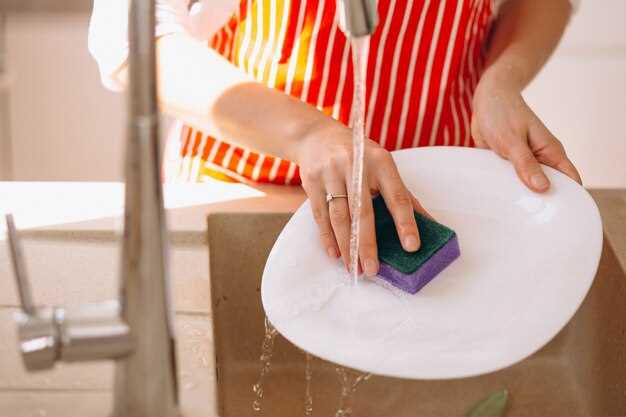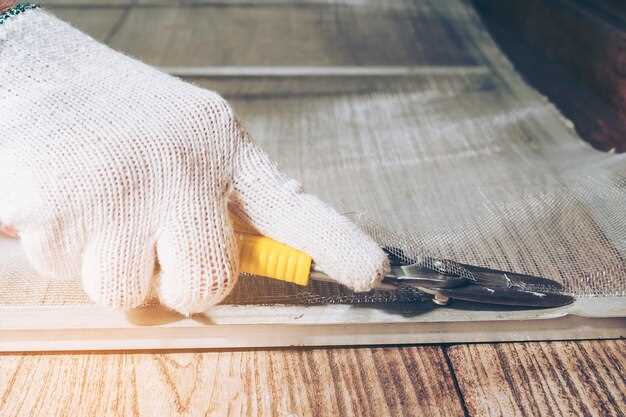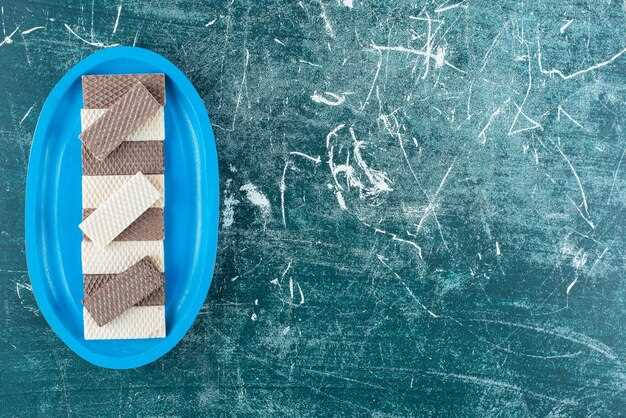
Scratched plates can be a common occurrence in any household, whether from everyday use or unfortunate accidents. These imperfections not only affect the aesthetic appeal of your dishes but can also lead to functional issues, such as trapping food particles or being difficult to clean. Fortunately, with the right techniques and materials, you can restore your scratched plates to their former glory.
In this article, we will outline a series of practical steps that can help you successfully remove scratches from your plates. Understanding the type of material your plate is made from is crucial, as different materials require different approaches. From ceramic to porcelain and glass, each material has specific techniques that yield the best results.
We will also discuss the tools and products needed for the restoration process, emphasizing both effectiveness and safety. The goal is to equip you with a comprehensive guide that not only fixes the scratches but also enhances the longevity of your plates. By following these simple steps, you can revive your cherished dinnerware, making it look and feel like new again.
Assessing the Depth and Type of the Scratch
Before attempting to restore a scratched plate, it is crucial to evaluate both the depth and type of the scratch. This assessment will guide you in selecting the appropriate repair method and materials. Start by inspecting the scratched area under good lighting to clearly visualize the damage.
To determine the depth, gently run your fingernail over the scratch. If your nail catches or feels resistance, the scratch is likely deep. A shallow scratch will be smooth to the touch. You can also use a magnifying glass for a more detailed examination. Consider if the scratch penetrates through the glaze or only affects the surface. A scratch that disrupts the glaze may require more extensive repair techniques.
Next, identify the type of scratch. Scratches can generally be classified as surface scratches or deep scratches. Surface scratches usually do not compromise the structural integrity of the plate and can often be polished out. In contrast, deep scratches may require filling or resurfacing to restore the plate’s appearance.
Additionally, assess the material of the plate. Different materials such as porcelain, ceramic, or stoneware respond differently to repair techniques. For example, ceramic plates may be more forgiving with polishing agents, while porcelain may require specific touch-up paints or fillers.
By accurately assessing both the depth and type of scratch, you will be better equipped to proceed with the necessary restoration steps, ensuring a successful outcome in reviving the plate’s original beauty.
Choosing the Right Restoration Method

When it comes to restoring a scratched plate, selecting the appropriate method is essential for achieving the best outcome. The first consideration should be the type of material the plate is made from, as different materials require varying treatment approaches. For instance, ceramic plates may benefit from a different technique compared to glass or metal plates.
Next, assess the depth and extent of the scratches. If the scratches are superficial, polishing compounds or a gentle abrasive might suffice. For deeper scratches, more intensive methods such as sanding followed by polishing may be necessary. Always determine the severity of the damage before deciding on a restoration strategy.
It’s also important to take into account the intended use of the plate post-restoration. If the plate is a decorative item, aesthetic restoration methods such as painting over scratches or applying a clear coat could be appropriate. However, if the plate is used for serving food, ensuring that the restoration materials are food-safe is critical.
Researching specific restoration products designed for the material of your plate can guide you in choosing the right approach. For example, glass-specific scratch removers or ceramic repair kits can yield exceptional results. Be sure to read reviews and instructional materials for these products to ensure effectiveness and safety.
Lastly, consider consulting a professional if the restoration process feels overwhelming. Experts may employ advanced techniques and tools that provide a more efficient resolution to scratches, ensuring that your plate not only looks great but also maintains its structural integrity.
Finishing and Polishing the Plate After Repair

Once the scratch on the plate has been repaired, it’s essential to focus on the finishing and polishing process to restore the plate’s original appearance. Start by inspecting the repaired area to ensure there are no remaining imperfections. Use a fine-grit sandpaper or polishing compound to gently smooth the surface. Be cautious not to over-sand, as this can create new scratches.
Next, clean the plate with a soft cloth and a mild detergent solution. This removes any dust and debris that may have accumulated during the repair process. Rinse thoroughly with water and dry the plate completely to prevent water spots.
After cleaning, apply a polishing compound specifically designed for the type of material your plate is made from. Use a soft cloth or a polishing pad, applying the compound in a circular motion. This technique helps to blend the repaired area with the surrounding surface, enhancing the overall shine.
For best results, consider using a dedicated plate polish that offers an extra layer of protection. Apply a small amount and buff it into the plate using a clean cloth. This not only enhances the shine but also creates a protective barrier against future scratches.
Finally, inspect the plate one last time to ensure satisfactory results. If needed, repeat the polishing process for added shine. Once complete, your plate should look like new, combining functionality with aesthetic appeal.
